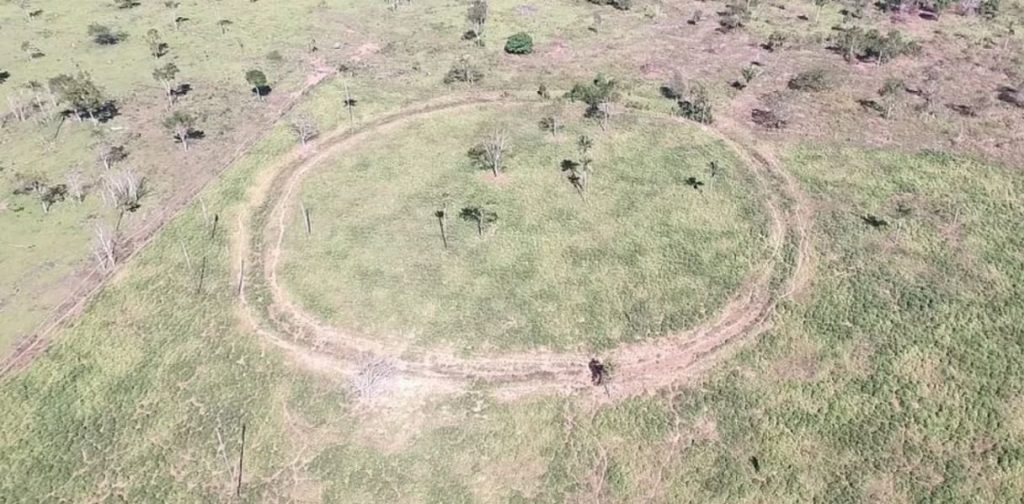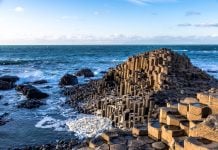The discovery of dozens of geoglyphs show the Amazon rainforest was highly populated long before Columbus arrived. Researchers found the geoglyphs were part of hundreds of villages that may have had a collective population of more than 1 million. The earthen structures were likely constructed during times of drought.

The findings concluded that these geoglyphs show that a thriving society lived in areas of the rainforest previously thought to be uninhabited. Because the Amazon is so vast and remote, archaeologists are only now beginning to learn that societies didn’t just live near the river – there were also huge settlements deep in the rainforest.
“Despite the impressive architecture of these features, and the effort and planning that must have been involved in their construction, archaeologists have actually found very few remains of habitation inside the enclosures,” Jonas Gregorio de Souza, an archaeologist at the University of Exeter in England and lead author of the study, told Live Science.

These geoglyphs, located in Brazil’s Mato Grosso state, were likely used for ceremonial purposes. Using satellite imagery, the team of researchers plotted coordinates and then traveled to investigate 24 objects they believed were likely geoglyphs; all 24 turned out to be exactly that.
“Everything made sense,” de Souza told National Geographic. “We knew we were in a special area.”
In all, the researchers found 81 geoglyphs as part of their study, and they estimate about 1,300 of the structures dot the Southern Amazonia region. Causeways connected as many as 1,500 villages in an elaborate system that dates back to 1250, the study also found.
The scientists believe the geoglyphs were constructed during periods of drought, when it was easier to clear the land.
“Our research shows we need to re-evaluate the history of the Amazon,” José Iriarte, a professor at the University of Exeter, said in a release. “It certainly wasn’t an area populated only near the banks of large rivers, and the people who lived there did change the landscape. The area we surveyed had a population of at least tens of thousands.”
Nature, Exceter University, Live Science, National Geographic












